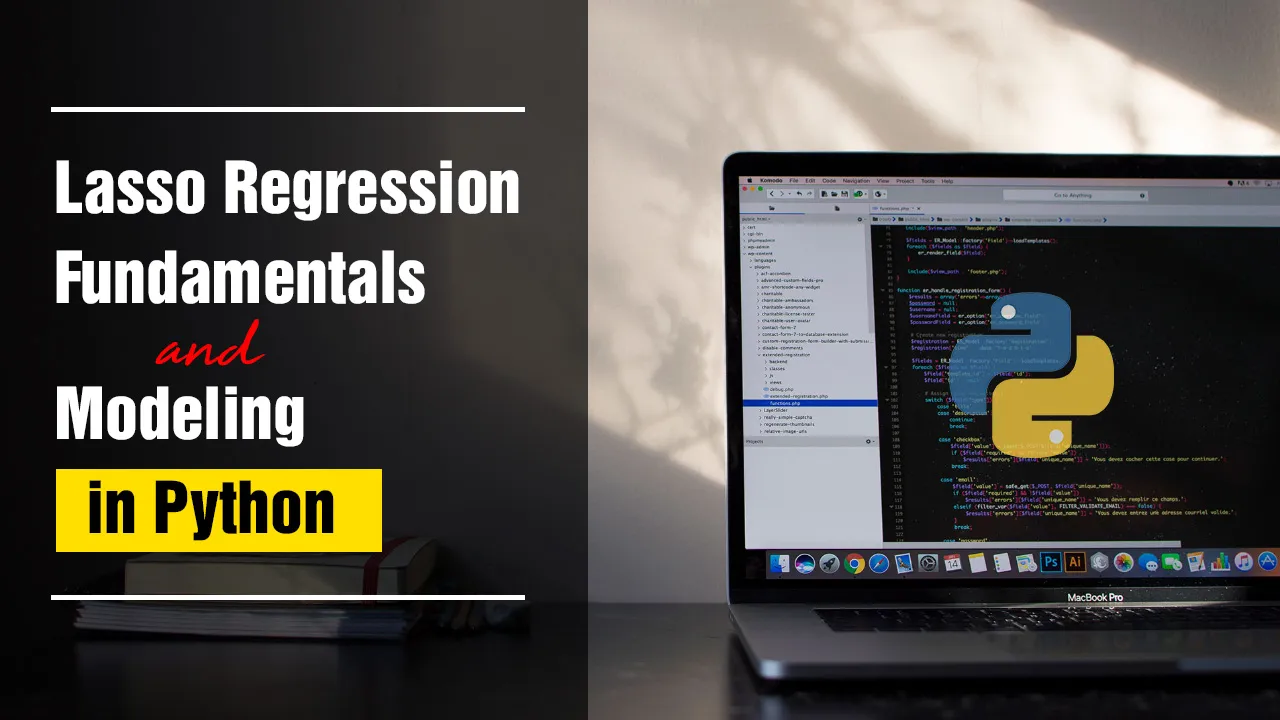In this blog post, I will first try to explain the basics of Lasso Regression. Then, we’ll build the model using a dataset with Python. Finally, we’ll evaluate the model by calculating the mean square error. Let’s get started step by step.
What is the Lasso Regression?
The main purpose in Lasso Regression is to find the coefficients that minimize the error sum of squares by applying a penalty to these coefficients. In another source, it is defined as follows:
_The “LASSO” stands for _L_east _A_bsolute _S_hrinkage and _S_election _Operator. Lasso regression is a regularization technique. It is used over regression methods for a more accurate prediction. This model uses shrinkage. Shrinkage is where data values are shrunk towards a central point as the mean. Lasso Regression uses L1 regularization technique. It is used when we have more number of features because it automatically performs feature selection.
Features of Lasso Regression
- Ridge Regression’s all relevant-unrelated variables have been proposed to overcome the disadvantage of leaving the model.
- Lasso Regression brings the coefficients closer to zero.
- But when the norm L1 is large enough, it makes some coefficients zero. Thus, the variable makes the selection.
- It is very important that λ is chosen correctly. Cross-Validation is used for this.
- Ridge and Lasso methods are not superior to each other.
#algorithms #python #machine-learning #regression #data-science
